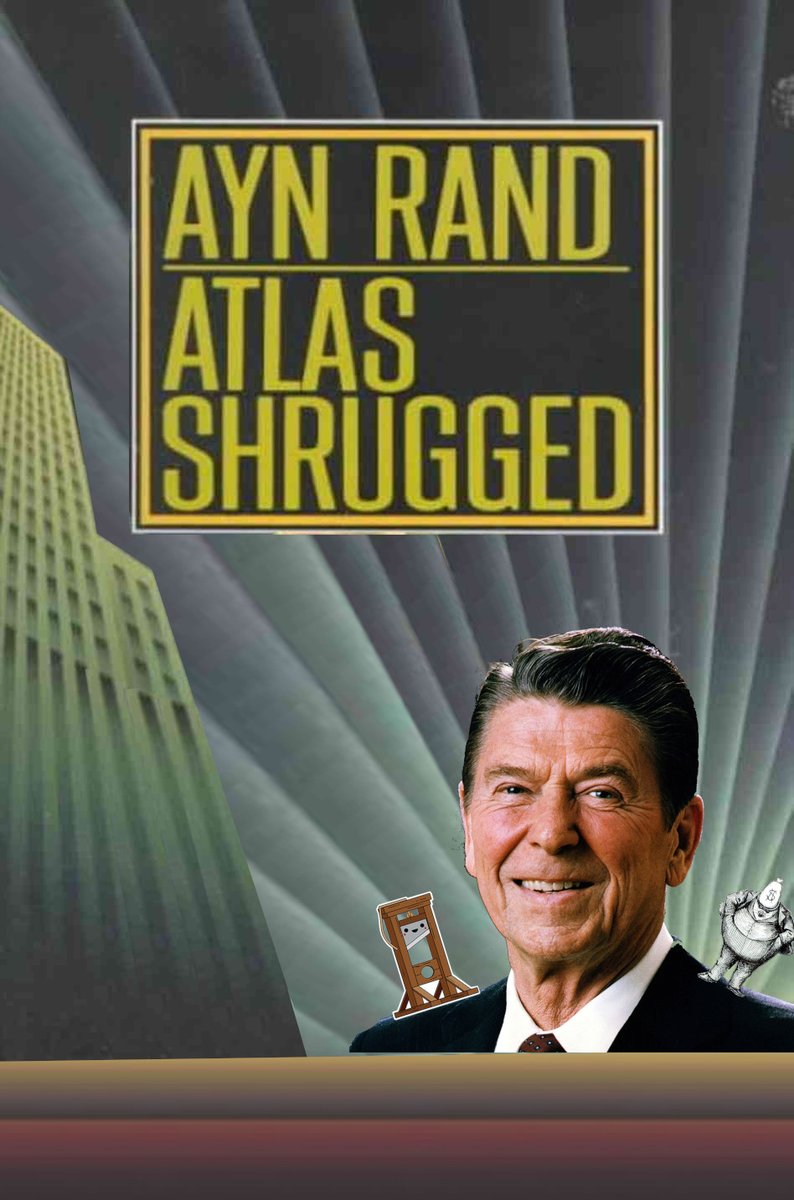
The Calvin and Hobbes comic strip ended 25 years ago, so let’s celebrate a New Years treat by analyzing it! Awhile back I had a students annotate structures in every C&H strip, so we have data on the whole thing. As Calvin says: let’s go exploring! 1/ https://t.co/GAm45Ni1m5












More from Culture
This thread examining a detrans story puts me in mind of something that shocked me to the core fifteen years ago in early 2004. I’ve not often told this so there follows a mini thread of my own.
This time in 2004 was very sensitive. Our little team at Press for Change was carefully helping to support the government to get the Gender Recognition Bill through its parliamentary stages. It had already started in the Lords and faced a committee stage with evangelical-backed..
..opposition facing the government’s Bill minister Lord Filkin and and others from all parties supporting him. The heavy lifting of daily liaison work was handled on our side by my colleague Claire @2legged whose back room lobby efforts should never go unacknowledged in any..
..account of events. Our political backdrop was a small but determined effort by two evangelical groups touting very familiar lies about trans people and, perhaps more worrying, a couple of contemporary journalists (one a Guardian staffer and one a freelance) determined to tout..
..detransition scare stories as a way to perhaps cast doubt over formalising a legal recognition process. The thing that was obvious at the time was that their stories relied on constant recycling of the same 10-12 case stories, which they had discovered because they were the..
Found a podcast by Keira Bell talking about her reasons for detransitioning
— Lux \U0001f3f3\ufe0f\u200d\U0001f308 (@Lux_fae) February 2, 2021
Listened to it so you don't have to
Wherein, at the 24-30 min mark, keira talks about her reasons for detransition and admits she did it for her ideology alone.
Thread:
This time in 2004 was very sensitive. Our little team at Press for Change was carefully helping to support the government to get the Gender Recognition Bill through its parliamentary stages. It had already started in the Lords and faced a committee stage with evangelical-backed..
..opposition facing the government’s Bill minister Lord Filkin and and others from all parties supporting him. The heavy lifting of daily liaison work was handled on our side by my colleague Claire @2legged whose back room lobby efforts should never go unacknowledged in any..
..account of events. Our political backdrop was a small but determined effort by two evangelical groups touting very familiar lies about trans people and, perhaps more worrying, a couple of contemporary journalists (one a Guardian staffer and one a freelance) determined to tout..
..detransition scare stories as a way to perhaps cast doubt over formalising a legal recognition process. The thing that was obvious at the time was that their stories relied on constant recycling of the same 10-12 case stories, which they had discovered because they were the..
You May Also Like
Ivor Cummins has been wrong (or lying) almost entirely throughout this pandemic and got paid handsomly for it.
He has been wrong (or lying) so often that it will be nearly impossible for me to track every grift, lie, deceit, manipulation he has pulled. I will use...

... other sources who have been trying to shine on light on this grifter (as I have tried to do, time and again:
Example #1: "Still not seeing Sweden signal versus Denmark really"... There it was (Images attached).
19 to 80 is an over 300% difference.
Tweet: https://t.co/36FnYnsRT9

Example #2 - "Yes, I'm comparing the Noridcs / No, you cannot compare the Nordics."
I wonder why...
Tweets: https://t.co/XLfoX4rpck / https://t.co/vjE1ctLU5x

Example #3 - "I'm only looking at what makes the data fit in my favour" a.k.a moving the goalposts.
Tweets: https://t.co/vcDpTu3qyj / https://t.co/CA3N6hC2Lq

He has been wrong (or lying) so often that it will be nearly impossible for me to track every grift, lie, deceit, manipulation he has pulled. I will use...

... other sources who have been trying to shine on light on this grifter (as I have tried to do, time and again:
Ivor Cummins BE (Chem) is a former R&D Manager at HP (sourcre: https://t.co/Wbf5scf7gn), turned Content Creator/Podcast Host/YouTube personality. (Call it what you will.)
— Steve (@braidedmanga) November 17, 2020
Example #1: "Still not seeing Sweden signal versus Denmark really"... There it was (Images attached).
19 to 80 is an over 300% difference.
Tweet: https://t.co/36FnYnsRT9

Example #2 - "Yes, I'm comparing the Noridcs / No, you cannot compare the Nordics."
I wonder why...
Tweets: https://t.co/XLfoX4rpck / https://t.co/vjE1ctLU5x

Example #3 - "I'm only looking at what makes the data fit in my favour" a.k.a moving the goalposts.
Tweets: https://t.co/vcDpTu3qyj / https://t.co/CA3N6hC2Lq

Krugman is, of course, right about this. BUT, note that universities can do a lot to revitalize declining and rural regions.
See this thing that @lymanstoneky wrote:
And see this thing that I wrote:
And see this book that @JamesFallows wrote:
And see this other thing that I wrote:
One thing I've been noticing about responses to today's column is that many people still don't get how strong the forces behind regional divergence are, and how hard to reverse 1/ https://t.co/Ft2aH1NcQt
— Paul Krugman (@paulkrugman) November 20, 2018
See this thing that @lymanstoneky wrote:
And see this thing that I wrote:
And see this book that @JamesFallows wrote:
And see this other thing that I wrote:

















